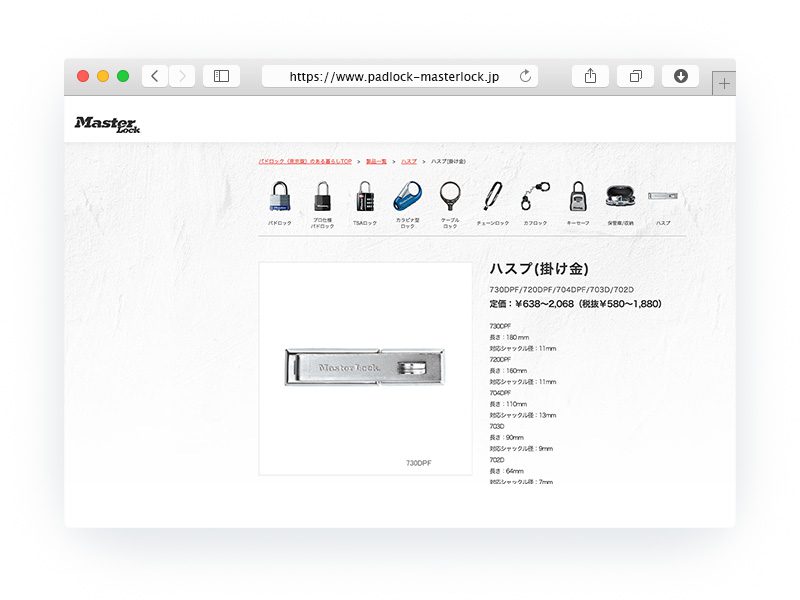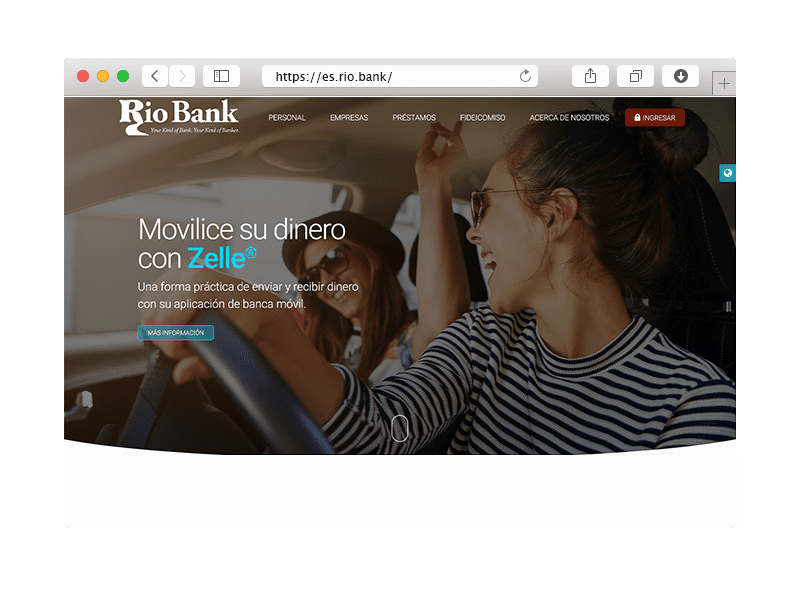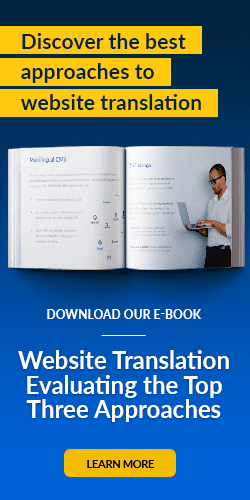To reach new global markets, it is critical to uw website vertalen to communicate with new customers in their preferred languages. While website translation helps attract international visitors, combining website translation and localization is what truly fosters genuine connections and drives higher conversion rates.
Translation vs. Localization: What’s the Difference?
Many people use "translation" and "localization" interchangeably, but they are not the same. Both processes help businesses expand internationally, yet each serves a different role in delivering an optimal user experience. Without effectively "speaking" your audience's language-both literally and culturally-how can you engage them successfully?
While translation and localization offer similar functionalities, there are essential differences between them. Understanding what distinguishes these terms, processes, and services, helps you extend the reach of your website more efficiently and profitably. To understand how website translation and localization services differ, you need to define the two concepts.
The concept of websitevertaling is very straightforward. Website translation is the process of adapting your website content from its original language into other languages, often word-for-word, to make it accessible to global customers. Translated content mirrors the style and tone of source content but doesn’t consider the context.
[Button: Learn About MotionPoint’s Website Translation Services]
What is Website Translation?
Website translation and localization services go beyond a word-for-word translation experience. Daar gaat het om het aan passen van de content van de website aan cultuur, taal en flow, die ervoor zorgen dat gebruikers een waardevolle en relevante ervaring hebben. Lokalisatie betrekt dialecten van de regio of het land in kwestie en maakt alle elementen van de websitecontent geschikt voor lokale of regionale consumptie. The localization method modifies the language and website elements to appeal to the linguistic and cultural preferences of the target customers.
There are several elements of website translation and localization that are important to consider when developing a multilingual website:
- Language and regionalism allow content to speak closely to the target audience. Stel bijvoorbeeld dat bepaalde zinnen of concepten specifiek voor het land of de regio zijn waarin u zaken wilt doen. In dat geval is het belangrijk om klanten te laten zien dat u begrijpt wie ze zijn en waarom uw bedrijf is wat ze zoeken.
- Ease of navigation means users can immediately find the website content in their language and begin interacting with the website seamlessly.
- Culturele elementen enhance the user experience and create a feeling of closeness with the target audience. Voorbeelden van culturele content zijn:
- Kleuren, vormen, maten en stijlen.
- Afbeeldingen, pictogrammen en grafieken
- Maatschappelijke codes zoals humor, etiquette en symbolen
- Maatschappelijke waarden, verhoudingen en overtuigingen
- Transactie-elementen include functional content that customers rely on to navigate a website, understand products and services, and ultimately, do business on a website, including:
- Datum- en tijdnotatie, telefoonnummers en contactinformatie
- Gewichten, maten en geografische referenties
- Taal en taalkundige content, productbeschrijvingen en reviews
- Communication elements that build trust and help the customer understand that they are valued:
- Lokale informatie over klantenservice
- Juridische informatie
While translation is one aspect of localization, localizing website content is a fundamental next step after translation. Therefore, website translation and localization are equally important for multilingual website development, both as standalone practices and together.
What is Transcreation?
Transcreatie is a creative way of translating a message from one language to another. It keeps the same tone, style, and context, and makes sure the original meaning is not lost. The goal of transcreation is to recreate the message in a way that resonates with the target audience and maintains cultural relevance.
Used in marketing and branding, transcreation complements website translation and localization by adding creative flexibility for emotional or persuasive messaging across cultures.
Why is Website Translation Important?
When travelling to another country, it’s helpful to know simple phrases in the local language such as "please," "thank you," and "how much". But if you weren’t fluent in the language, you probably became frustrated by your inability to communicate in other situations.
Your target market may face a similar challenge when interacting with your business online. Ze willen een website die 'hun taal spreekt' zodat ze makkelijk kunnen begrijpen wat u wilt overbrengen. Frustratie en verwarring moeten absoluut vermeden worden. Als ze geïrriteerd raken, zullen ze uw website vaak al verlaten voordat ze overgaan tot aankoop of aanmelden (conversie).
Websites presented in local languages yield better market responses than those that aren't. According to Common Sense Advisory, nearly 73% of customers prefer to purchase a product or service from a site that provides information in their own language, and 56% of consumers said the ability to obtain information in their own language is more important than price. This shows that website translation and localization play a critical role in conversion.
So, why should you localize your website? In a nutshell, while translation is vital, it will only get you so far.
Uw internationale klanten moeten geen hinder ondervinden als ze uw website verzoeken. Als dat toch gebeurt, zullen ze de website verlaten.
Machine vs. Human Translation: Which Is Better?
Machine translation (like Google Translate) is cost-effective for basic translations, but it lacks cultural and contextual accuracy. It also doesn't generate SEO-friendly, indexable pages, limiting organic traffic potential.
Human translation, on the other hand, ensures nuance, accuracy, and cultural appropriateness. Combining AI-powered tools with human review often yields the best results-especially for high-stakes website translation and localization projects.
Google Translate also doesn’t create searchable, indexable versions of those translated pages, which is important from an SEO standpoint.
How Localization Increases Engagement
Website localization goes beyond the word-for-word linguistic conversion of conventional translation and instead uses words and phrases that resonate within specific markets. Pairing website translation and localization can dramatically improve trust, engagement, and brand perception in new regions.
Regioneutrale vertalingen zijn zeer effectief, maar lokalisatie in verschillende talen is overtuigender voor veel klanten.
Denk bijvoorbeeld aan de verschillende woorden 'trousers' en 'slacks'. De termen zijn hetzelfde, maar de ene resoneert beter in de Verenigd Koninkrijk, de andere in de VS.
But website localization can go beyond word choice. Slimme marketeers passen hun meertalige websites vaak aan om lokale feestdagen of tradities in de kijker te zetten. Dit toont de band met de cultuur van de lokale markt, waardoor snel het vertrouwen van de klant wordt gewonnen.
Andere voorbeelden van lokalisatie zijn het aanbieden van speciale promoties voor specifieke markten of het opstellen van berichten die het vertrouwen van klanten in gloednieuwe markten bevorderen.
In the early days of serving a multilingual market, it was not uncommon for a company to be greeted with local skepticism. Lokale klanten vragen zich vaak af of het bedrijf belang hecht een de markt en de behoeften. Als merken gelokaliseerde content gebruiken, lijken ze niet opportunistisch maar authentiek.
Localization Considers Format
While website translation covers language, localization considers how language is visually and functionally presented. Layout adjustments, reading direction, and word count all play into effective website translation and localization.
For instance, certain romance languages like French and Spanish need about 30% more words than English to get the same message across. Conversely, Finnish actually requires 30–40% fewer words. Website translation only deals with the language, but localization makes sure copy looks right.
Translation vs. Localization: What’s Best for Your Website?
At this point, you're probably asking yourself: Should I invest in translation or localization for my website? The answer often lies in using both. Together, website translation and localization allow businesses to scale internationally while creating deeper, more authentic user experiences.
Websites usually contain several content types, from marketing copy to legal and technical information and user-generated forum content. Overweeg om redenen van efficiëntie en kosten welke soorten content gelokaliseerd moeten worden en waar u eenvoudig om vertaling kunt vragen. Website translation and localization help you connect with your target audience and reach them on a more personal level.
Alleen vertalen kan nuttig zijn om veel mensen aan te spreken die dezelfde taal spreken, ook al komen ze oorspronkelijk uit verschillende landen. Vertaling zorgt er in het algemeen voor dat lezers begrijpen wat de boodschap is, ongeacht hun herkomst. Dit fenomeen komt in de VS vaak voor bij mensen die dezelfde taal spreken, zoals Spaans.
Omdat Spaanstaligen in de VS uit zeer diverse delen van de wereld komen, omarmen ze verschillende sets van culturele nuances, uitdrukkingen en dialecten. In dit geval zou een goede, bredere vertaling doelbewust het gebruik van regionale uitdrukkingen of woorden uit een specifiek land vermijden en de bredere Spaanse markt op de gelokaliseerde, Amerikaanse markt erkennen.
Alleen vertalen is een goedkopere optie. Sommige webpagina's of vertaalopdrachten zijn niet zo belangrijk dat ze door mensen moeten worden vertaald. MotionPoint kan machinevertaling gebruiken voor de ene pagina en menselijke vertaling voor andere, belangrijkere pagina's.
Lokalisatie creëert meer samenhang, maar het kost meer. Localization also requires content verbiage translation upkeep and considers web design as well. Dat kan het veranderen van afbeeldingen of het ontwikkelen van geheel nieuwe webpagina's zijn, afhankelijk van de doeltaal en culturele verschillen met de oorspronkelijke website.
[Button: Get Started with Translating Your Website Today]
When Should You Invest in Website Localization?
Website translation and localization are best used when:
- You offer a digital service or product that you want to expand into new markets
- Your product often requires updates that need to be shared in different languages quickly and efficiently
- Your target audience’s language requires diverse formatting
- You want to cater equally to all your customers, domestic and international
- You have a dedicated customer call center in multiple languages
- Laws and regulations require you to translate content
- You have a low barrier of entry to expand into international markets
Voorbeelden van websitevertaling en -lokalisatie
MotionPoint tailors solutions for brands based on whether they need translation, localization, or a blend of both. These success stories show how website translation and localization power growth:
MotionPoint Success Stories
Localizing for Manufacturers
Master Lock, a leading U.S. manufacturer of retail and commercial security and safety products, needed both website translation and localization when they began expanding globally. Gelokaliseerde websites bieden een echte strategische waarde voor Master Lock. Distributeurs en verkoopteams gebruiken de Master Lock-website om productinformatie voor regionale klanten te verzamelen, en klanten hebben ook toegang tot de uitgebreide online product- en service-informatie van Master Lock. Bovendien veranderen de websites van Master Lock regelmatig, op basis van frequente updates, als er een nieuw product of segment wordt gelanceerd. Dus nauwkeurige vertalingen zijn van cruciaal belang voor het bedrijf. Tot op heden heeft Master Lock websites vertaald en gelokaliseerd die worden ondersteund in het vereenvoudigd Chinees, Nederlands, Frans, Duits, Italiaans, Japans, Portugees en Spaans.

Why Banks Need Website Translation
Rio Bank is a community bank with branches throughout the heart of Southern Texas, many of them near the Mexican border. De zaken gingen goed, maar Rio Bank ontdekte dat ze onvoldoende feedback van klanten kreeg, die belangrijk zijn voor marketing en klantenservice. Toen een klantenonderzoek in het Spaans werd ontwikkeld en de feedback sterk toenam, realiseerde Rio Bank zich al snel dat er behoefte was aan betere communicatie met hun Spaanssprekende klanten. Daarom vroeg Rio Bank MotionPoint om hun website te vertalen en een volledige en tweetalige ervaring voor alle klanten te creëren. Het vertalen van hun website zorgde meteen voor een verhoogde klanttevredenheid, waar meer dan 90% van hun klanten Spaans spreekt
[Button: Help Your Business Grow Through Website Translation]

Find the Right Website Translation & Localization Solution
Expanding into new markets requires accurate translation and engaging localization. If your website doesn't feel native to your target audience, you risk losing potential customers.
MotionPoint begrijpt dat het publiceren van marktrelevante lokalisatie op meertalige websites een grotere uitdaging is dan het klinkt. It requires powerful website translation technology to customize website code to present the appropriate localized content to the right customers. MotionPoint combines technology and expert linguists to deliver true website translation and localization—not just words, but intent, relevance, and conversion-ready content.
It also requires world-class translators who are fluent in languages, cultures, and customs. MotionPoint helps your business find the solutions you need for anywhere you want your business to be in the world.
Laatst bijgewerkt op 03 juni 2025
